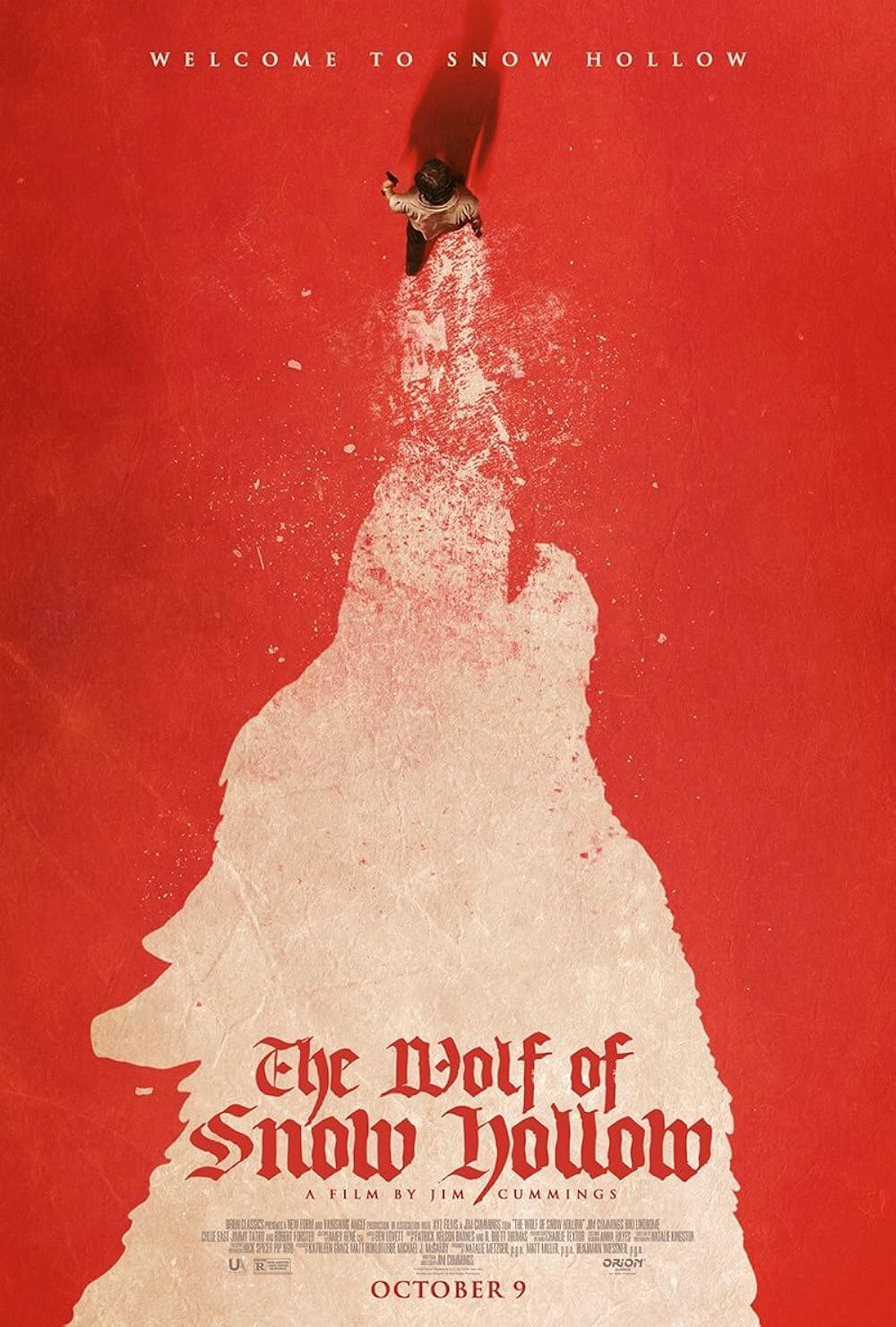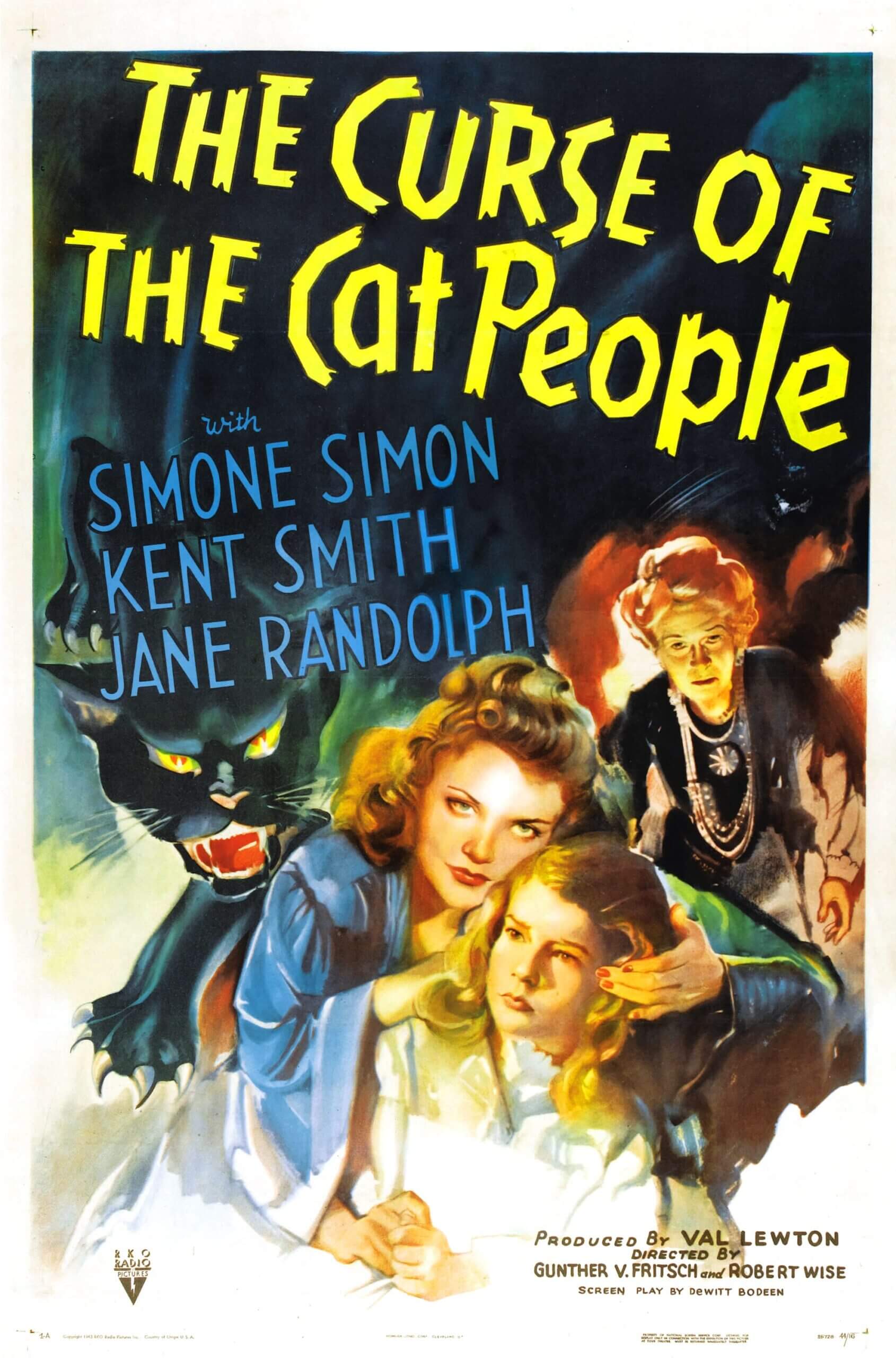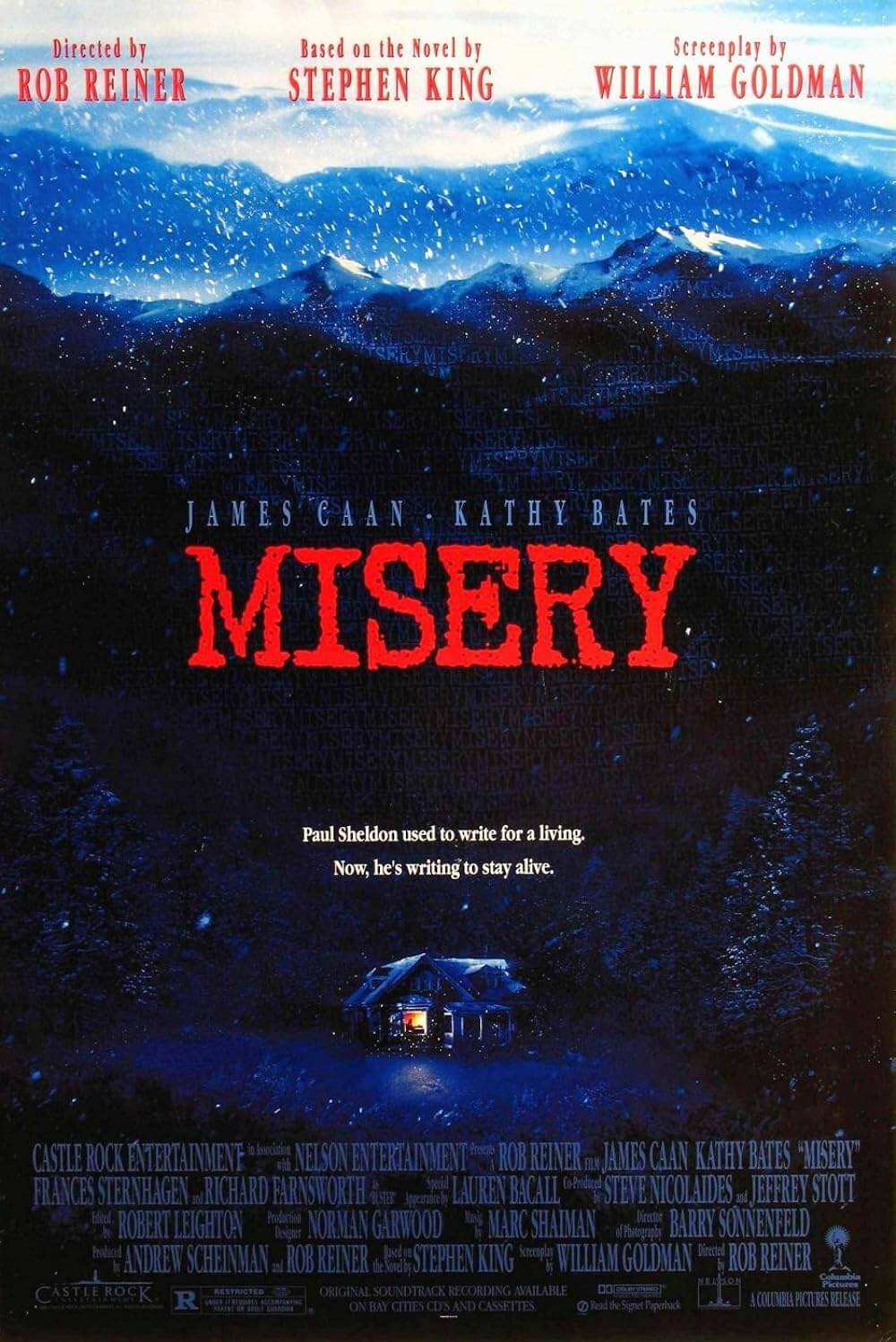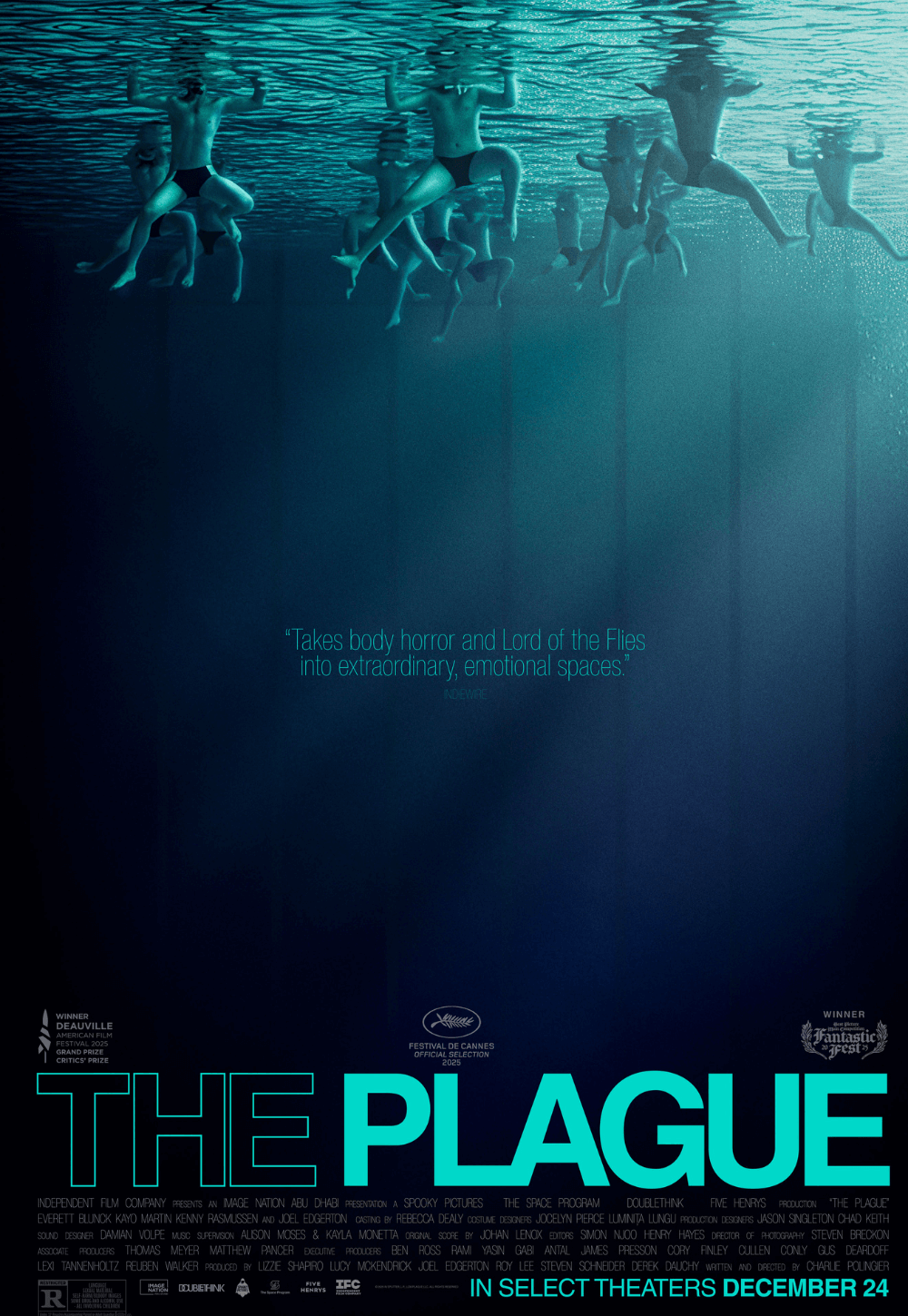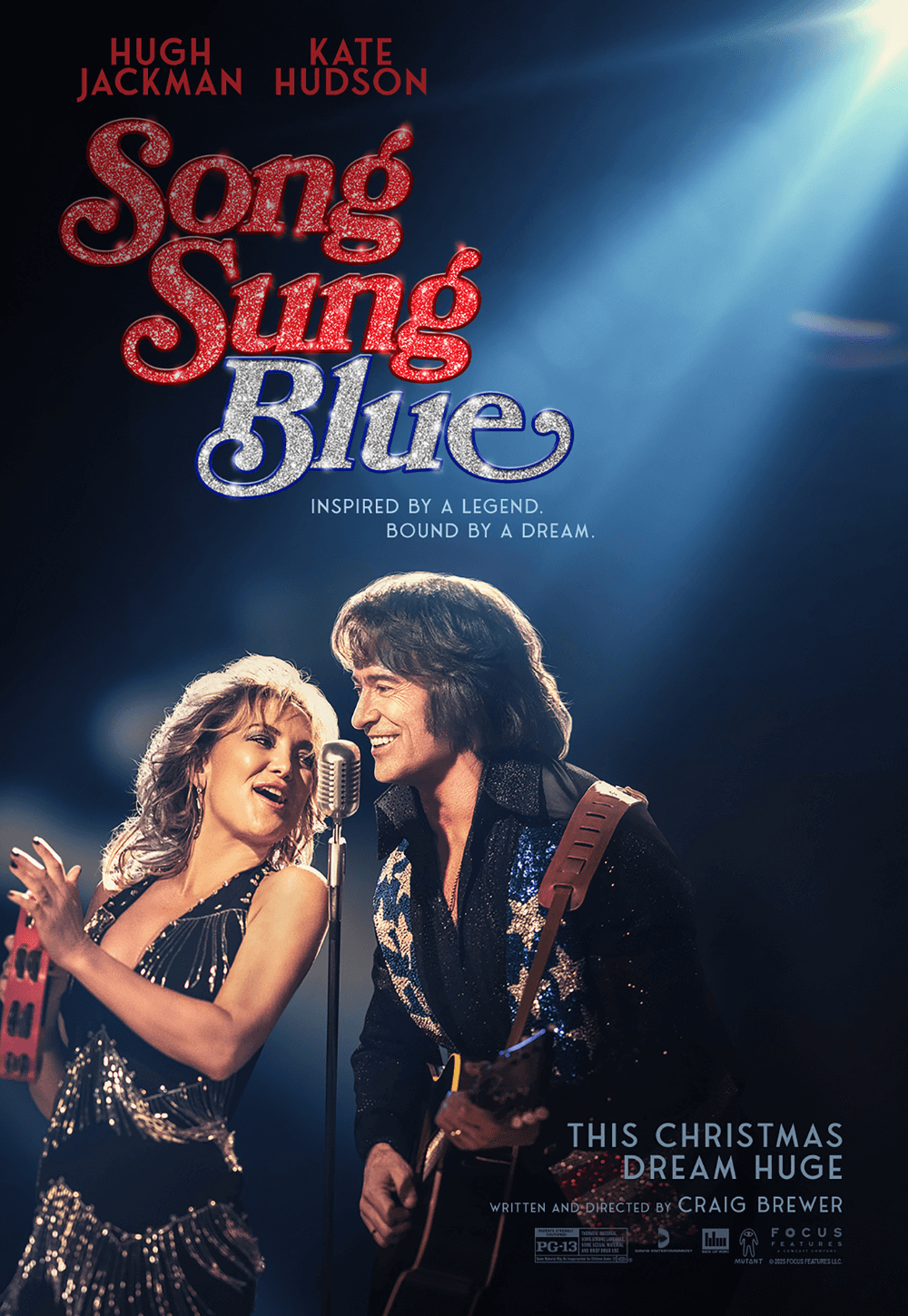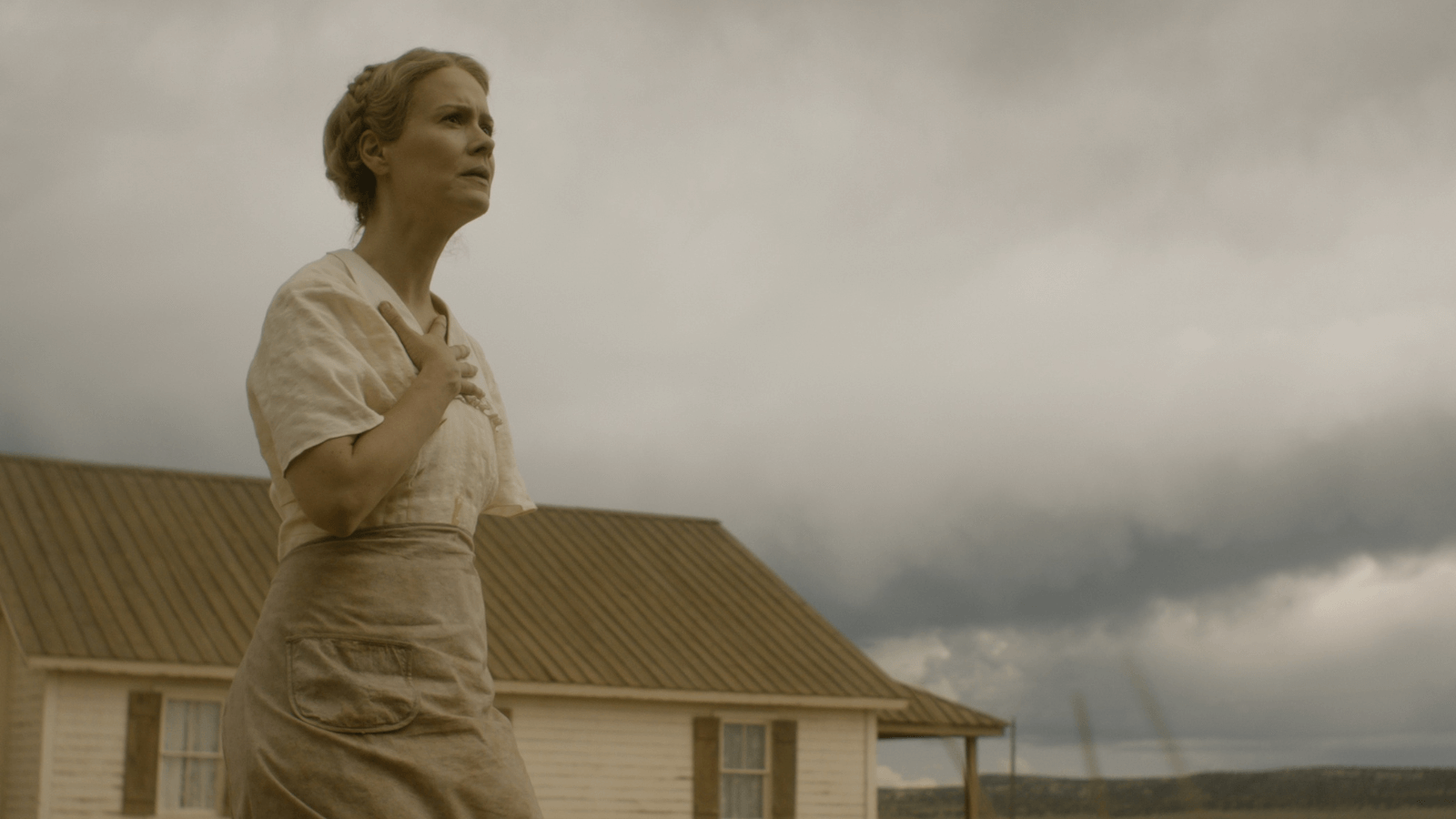
Hold Your Breath
By Brian Eggert |
In Hold Your Breath, Sarah Paulson returns to the horror genre, where she seems most suited despite working for the likes of Steven Spielberg, Todd Haynes, and Steve McQueen elsewhere. Although she maintains a reputation for being more versatile than just a scream queen, Paulson has given some of her finest performances in the nine seasons of FX’s American Horror Story anthology series in which she’s appeared and demonstrated her incredible range. She headlines the debut feature from directors Karrie Crouse and Will Joines, written by Crouse, about a mother desperate to protect her family during the Dust Bowl. What begins as a tale of an exhausted parent who, not unreasonably, sees every dust particle as a potential danger—in a manner comparable to heightened cautions over COVID-19—descends into frayed paranoia and delusions. Stir-crazy doesn’t fully describe what happens. While the movie gives Paulson a fine showcase, the material never quite impresses to the same extent as her performance.
Set on the Oklahoma Panhandle in 1933, the film follows Margaret (Paulson), who must struggle to survive along with her youngest daughter, Ollie (Alona Jane Robbins), who is deaf, and her teen daughter Rose (Amiah Miller), while her husband is away making money for the family. The perfect storm of over-farming, drought, and high winds has left nothing but a barren wasteland as far as the eye can see. Their modest farm scrapes by with the milk of a cow and the company of a cat, but their hay reserves are running out. At night, Margaret suffers from disturbing nightmares about suffocating during a dust storm. In the early morning, she watches Rose sleep, monitoring as the girl’s torso expands with air and exhales cleanly, dreading the possible sound of a wheeze or cough that would indicate a disease from the dust; she had already lost another daughter five years earlier. And so, Margaret desperately protects her children, in a constant battle to plug cracks in the house and stuff cloth under the door to keep the dust out.
Besides the dust, myriad other dangers concern Margaret. A figure called “The Grey Man” from a spooky storybook finds its way into the children’s imaginations. Are the children just dreaming about this fictional character, or is there really some supernatural presence out there? Or has that fiction been projected onto the self-proclaimed healer (Ebon Moss-Bachrach) they find hiding out in their barn? He helps them survive with a few savvy tricks, but what secrets does he hold? Days and weeks pass, and the movie gives a sense of the family’s routine: Trips to the community sewing circle, regular visits to Margaret’s sister (Annaleigh Ashford), and endless promises to the children that their father will be home soon. But gradually, Margaret’s hallucinatory sleepwalking, pill-popping, malnourishment, and lingering trauma twist these dangers, warping them into almost phantasmagorical hazards. None of these ideas materialize into a single menace, however; the only constant peril is Margaret’s mental state.
Alternating between silent sequences of eerie calm, where Margaret notices dust glimmering in the air and endangering her children’s health, and the deafening sound of storms—some real and others imagined—Hold Your Breath can be disorienting aurally. If the setting evokes The Grapes of Wrath (1940) in its backdrop, a better comparison might be The Wind (2018), a memorable shocker about prairie madness on the Great Plains. Visually, the directors and cinematographer Zoë White offer dreamy flashbacks of the tall green grass and wheat fields, borrowing the beauty from Days of Heaven (1978) or, if you prefer, hands-on-wheat scenes in Gladiator (2000). More often, the film deploys a color-drained look of a brown and bone-dry landscape. The period detail of the setting would be convincing, if not for the poorly rendered CGI storms, during which Margaret wanders in desperation, her eyes inexplicably unaffected by the high-speed winds blowing sharp, powdery soil that could not only fill her lungs but blind her.
Beyond the more evident and period-appropriate examples mentioned above, Hold Your Breath reminded me of Right at Your Door (2007), a thriller about post-9/11 paranoia over terrorist attacks. In both movies, there’s an obvious danger outside to be avoided, but isolation and the corrupting fear of what’s outside present the more immediate danger of psychosis. And in both, the external danger is overestimated, making the protagonist irrationally concerned with safety. If applied to a COVID-19 metaphor, this seems irresponsible, given the 3.4 million dead from the disease. But I don’t think that’s what Crouse and Joines are saying; instead, I think they’re advocating for a general avoidance of isolation versus exploring the world outside the safety of one’s bubble. Fortunately, the degrading situation allows Paulson to bring Margaret to the brink, looking ever more strained before our sympathies shift from the parent to the children’s safety. The movie delivers a few shocks and jolts, but it’s so scattershot about its various dangers that the pleasure of watching Paulson act almost loses its appeal. Almost.
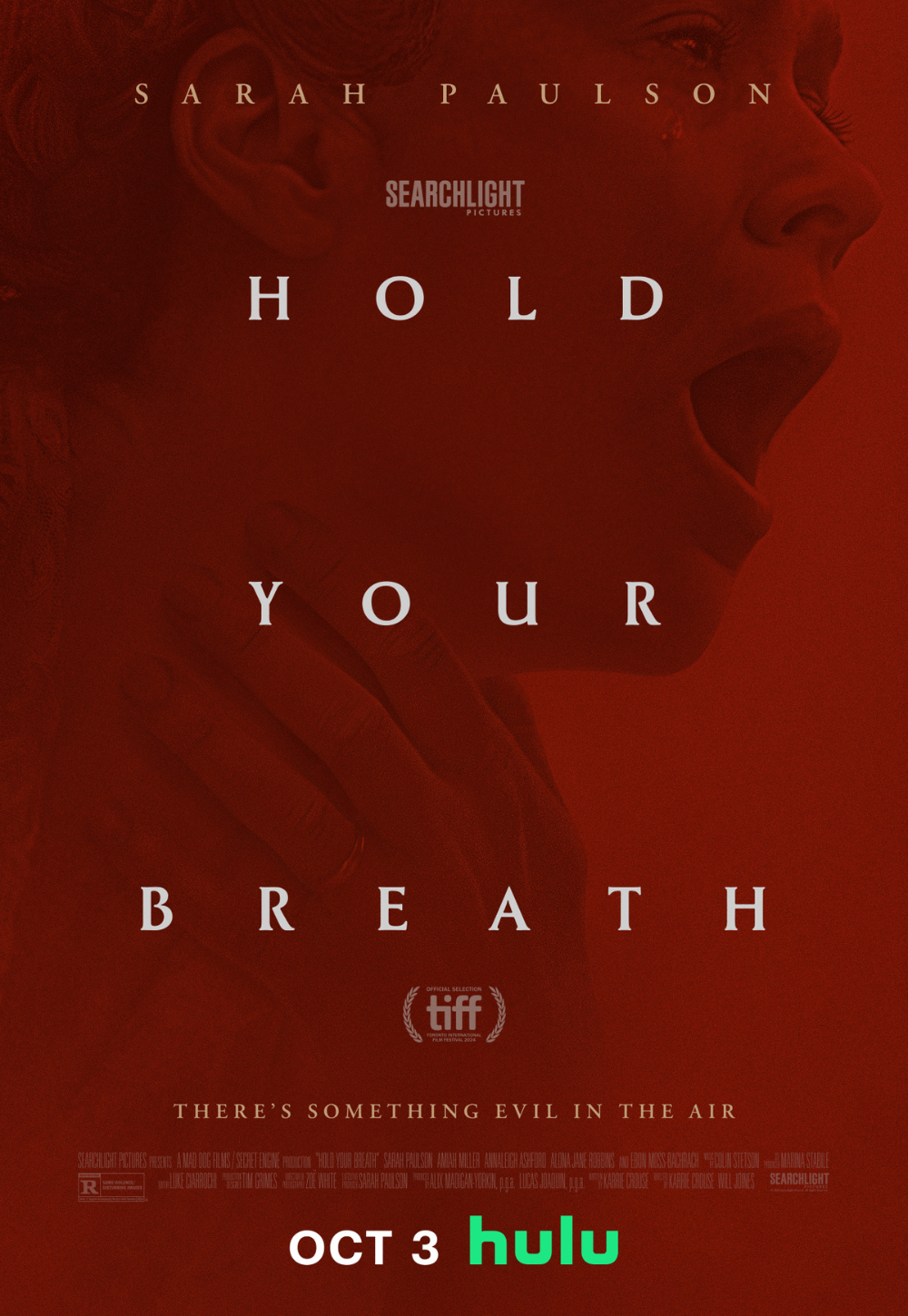
Thank You for Supporting Independent Film Criticism
If the work on DFR has added something meaningful to your love of movies, please consider supporting it.
Here are a few ways to show your support: make a one-time donation, join DFR’s Patreon for access to exclusive writing, or show your support in other ways.
Your contribution helps keep this site running independently. However you choose to support the site, please know that it’s appreciated.
Thank you for reading, and for making this work possible.
Brian Eggert | Critic, Founder
Deep Focus Review


